In the vast culinary landscape of Asia, lotus root, or “lian ou” in Chinese, holds a unique and esteemed position. This aquatic vegetable, with its distinctive holes running lengthwise, is not only a symbol of purity and elegance in many Eastern cultures but also a versatile ingredient in numerous dishes. From sweet soups to savory stir-fries, lotus root adds texture, flavor, and nutritional value to a wide array of cuisines. However, for those who cook with lotus root regularly, one crucial distinction must be made: understanding the difference between sticky lotus root and crispy lotus root. This guide aims to demystify this often-confusing topic, providing practical insights and tips to help you select the right type of lotus root for your culinary needs.
Understanding the Basics
Before diving into the specifics, it’s essential to grasp the fundamental characteristics of lotus root. Both sticky and crispy varieties belong to the Nelumbo nucifera species, a perennial aquatic plant native to Asia, Australia, and parts of Africa. The roots, which are harvested in the fall after the plant’s flowers bloom, are rich in dietary fiber, vitamins, and minerals, making them a staple in healthy diets.
The primary difference between sticky and crispy lotus roots lies in their texture and the resulting cooking applications. Sticky lotus root, as its name implies, tends to be softer and more starchy when cooked, making it ideal for dishes that require a tender, almost gluey consistency. In contrast, crispy lotus root retains its firmness and crunch even after cooking, making it perfect for salads, stir-fries, and any dish where a distinct bite is desired.
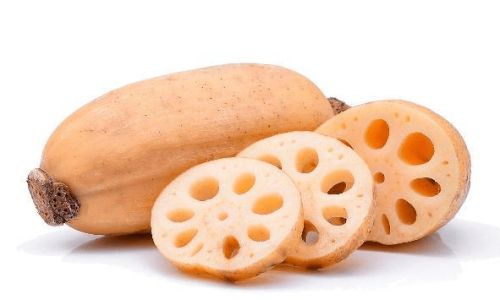
Visual Identification
One of the first steps in distinguishing between sticky and crispy lotus roots is through visual inspection. While this method isn’t foolproof due to variations within the same species, there are certain general guidelines to follow:
- Shape and Size: Sticky lotus roots tend to be shorter and thicker, with a more rounded appearance. Crispy lotus roots, on the other hand, are often longer and thinner, with a more elongated shape.
- Skin Color: The skin color can vary depending on the variety and maturity, but generally, sticky lotus roots might have a slightly duller exterior compared to the brighter, more polished look of crispy lotus roots.
- Pore Visibility: The pores or holes running along the length of the lotus root can also give subtle hints. Sticky lotus roots sometimes have pores that appear slightly more compressed or less distinct, whereas crispy lotus roots tend to exhibit clearer, more evenly spaced pores.
Touch and Feel
While visual cues can be helpful, nothing beats a tactile examination when it comes to identifying lotus root types. Here’s how you can use touch to your advantage:
- Firmness: Hold the lotus root gently and feel its firmness. Crispy lotus roots should feel denser and more solid, indicating their ability to retain crunchiness after cooking. Sticky lotus roots might feel slightly softer, with a give that suggests a higher starch content.
- Weight: Compare the weight of similar-sized pieces. Crispy lotus roots generally weigh more due to their denser texture, while sticky lotus roots might feel lighter, reflecting their higher moisture and starch content.
Cooking Tests
Ultimately, the true test of a lotus root’s type lies in how it performs in the kitchen. Here are some practical cooking experiments you can conduct to definitively determine whether you have sticky or crispy lotus root:
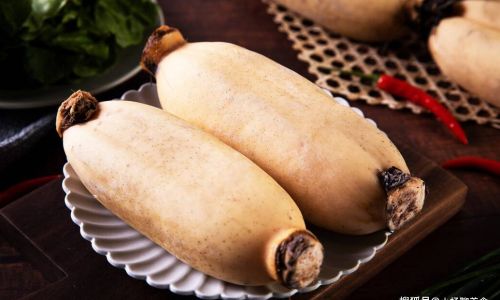
-
Boiling Test: Cut a small piece of lotus root from each suspected type and boil them separately until tender. Taste and texture will reveal the difference: sticky lotus root will turn soft and slightly gluey, while crispy lotus root will remain firm and retain its crunch.
-
Stir-Fry Experiment: Slice thin pieces of both types and stir-fry them briefly with minimal oil. Crispy lotus root slices should maintain their shape and crispness, while sticky lotus root slices will likely soften and stick together slightly.
-
Soup Preparation: Prepare a light soup with pieces of both lotus roots. After cooking, observe the texture: sticky lotus root will likely disintegrate slightly, thickening the soup and giving it a more starchy feel, whereas crispy lotus root will retain its shape and contribute a pleasant crunch.
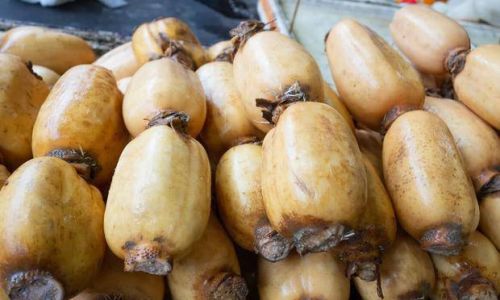
Practical Applications
Understanding the differences between sticky and crispy lotus roots allows for more informed cooking decisions. Here are some practical applications for each type:
- Sticky Lotus Root: Perfect for soups, stews, and desserts where a creamy, thickened texture is desired. It’s also ideal for dishes that require long cooking times, such as braises and slow-cooked curries, where its ability to absorb flavors and thicken sauces is advantageous.
- Crispy Lotus Root: Ideal for salads, stir-fries, and any dish where a crunchy texture is crucial. Its firmness makes it an excellent choice for pickling or frying, where it can hold its shape and add a delightful contrast to softer ingredients.
Conclusion
In the realm of lotus root cuisine, knowing how to distinguish between sticky and crispy varieties is a skill that can elevate your dishes to new heights. By combining visual inspection, tactile analysis, and practical cooking tests, you can confidently select the right lotus root for your recipes, ensuring that every meal is as delightful as it is nutritious. Whether you’re crafting a delicate soup or a vibrant stir-fry, mastering this distinction will empower you to harness the full potential of this versatile aquatic vegetable, transforming it into a culinary masterpiece. Happy cooking!
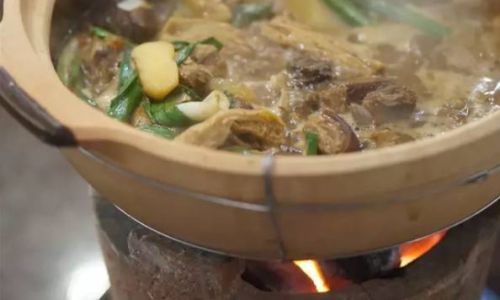
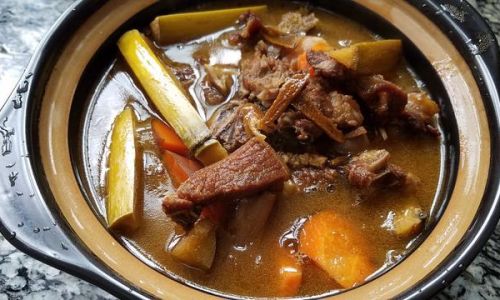
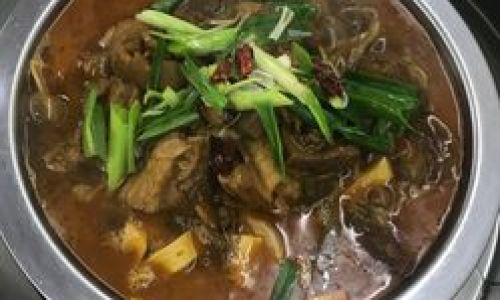

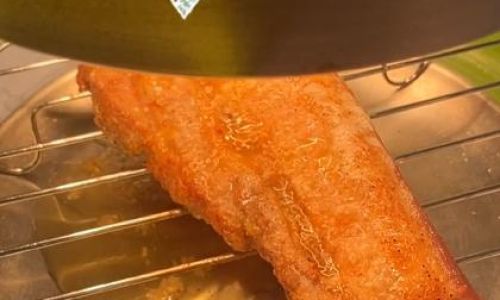
0 comments